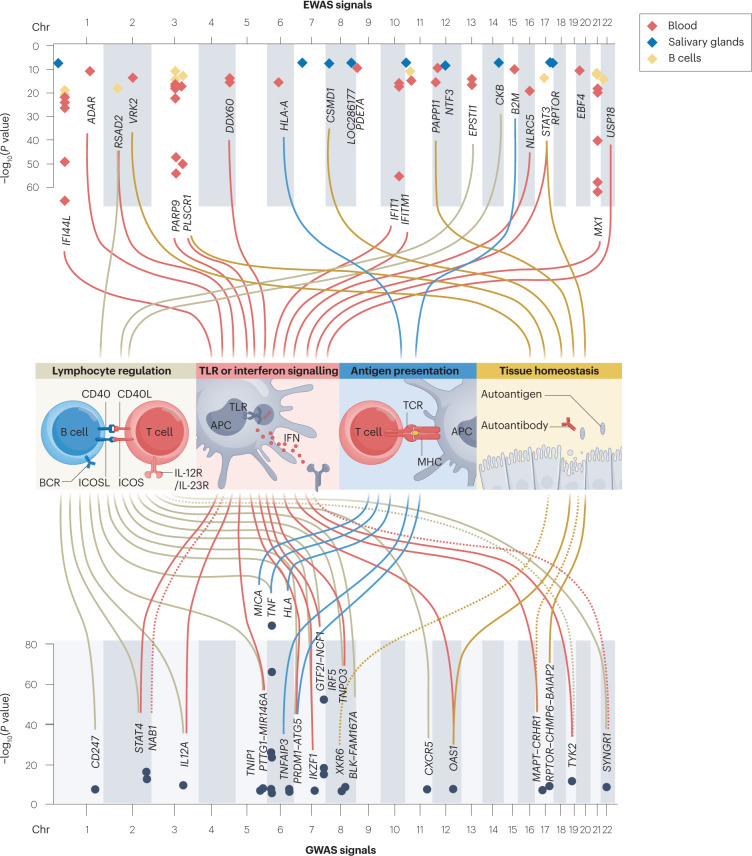Fig. 4. Pathogenic processes implicated by genetic and epigenetic studies.
Genetic and epigenetic studies implicate various genes in the development of primary Sjögren syndrome (pSS). Most of these genes have functions in lymphocyte regulation, Toll-like receptor (TLR) or interferon (IFN) signalling, antigen presentation and tissue homeostasis, pointing to a role for these processes in the pathogenesis of pSS. The position and significance level of methylation signals associated with pSS for various tissues are shown in the upper Manhattan plot, including associations found in blood (red dots), salivary glands (blue dots) and B cells (yellow dots). Genetic variants associated with pSS at genome-wide significance and their annotated genes are shown in the lower Manhattan plot. The genes are linked by coloured cords to the four main pathogenic processes, according to gene function; solid lines indicate a direct function, whereas dotted lines indicate an indirect connection to these processes. Data taken from the studies listed in Tables 1 and 2. APC, antigen-presenting cell; BCR, B cell receptor; Chr, chromosome; EWAS, epigenome-wide association studies; GWAS, genome-wide association studies; ICOS, inducible T cell co-stimulator; ICOSL, inducible T cell co-stimulator ligand; TCR, T cell receptor.

